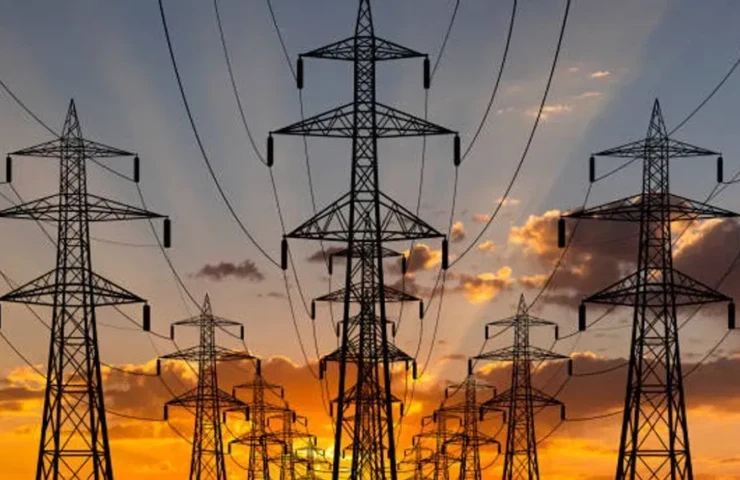In February 2021, a massive winter storm hit Texas, causing widespread power outages that left millions of people without electricity and heat for days. This event highlighted the critical importance of reliable energy infrastructure and raised questions about the state’s preparedness for extreme weather events.
The Texas blackout was caused by several factors including extreme cold weather damaging natural gas production and power plant operations as well as adequate winterization of energy infrastructure. The state’s power grid operator, the Electric Reliability Council of Texas, was criticized for its handling of the crisis. This includes its failure to adequately communicate with the public, its stubbornness to stay separate from the rest of America and to prepare for the storm.
The development of the electric power industry dates back to the late 19th century with Thomas Edison playing a key role in its early growth. In 1882, Edison founded the Edison Electric Illuminating Company, which brought electric light to Manhattan. However, it was not until 1925 that half of all U.S. homes had electric power.
In 1965, one of the nation’s worst power outages occurred, affecting much of the northeastern United States and parts of Canada. This event led to the creation of the regional power grids, including ERCOT, which operates the power grid in most of Texas.
ERCOT is unique in that it operates independently of the two other major U.S. power grids, the Eastern Interconnection and the Western Interconnection, which cover the rest of the continental U.S. This allows ERCOT to avoid federal regulation and manage energy transactions with their rules, which is the main reason behind Texas’ 2021 crisis.
The aftermath of the 2021 blackout in Texas was devastating, but it also caused billions of dollars in damage to homes and businesses. The economic impact was significant, with many businesses forced to shut down temporarily or permanently due to the lack of power and water. The outage also highlighted the vulnerabilities of the state’s energy system and raised questions about the preparedness of ERCOT and other energy providers to handle extreme weather events.
The Texas legislature passed bills aimed at reforming ERCOT and the state’s energy market, including measures to improve communication, weatherization and emergency response procedures. However, concerns remain about the system’s stability and the ability to handle extreme weather events. Critics call for greater transparency, accountability and investment in renewable energy and storage technologies.
As climate change increases the frequency and intensity of extreme weather events, it is essential that Texas and other states take steps to strengthen their energy infrastructure. This will require a combination of technical, regulatory and financial solutions, as well as a commitment to community safety and well-being. By learning from events like the Texas blackout, we can build a more resilient and sustainable energy system for the future.





Recent Comments